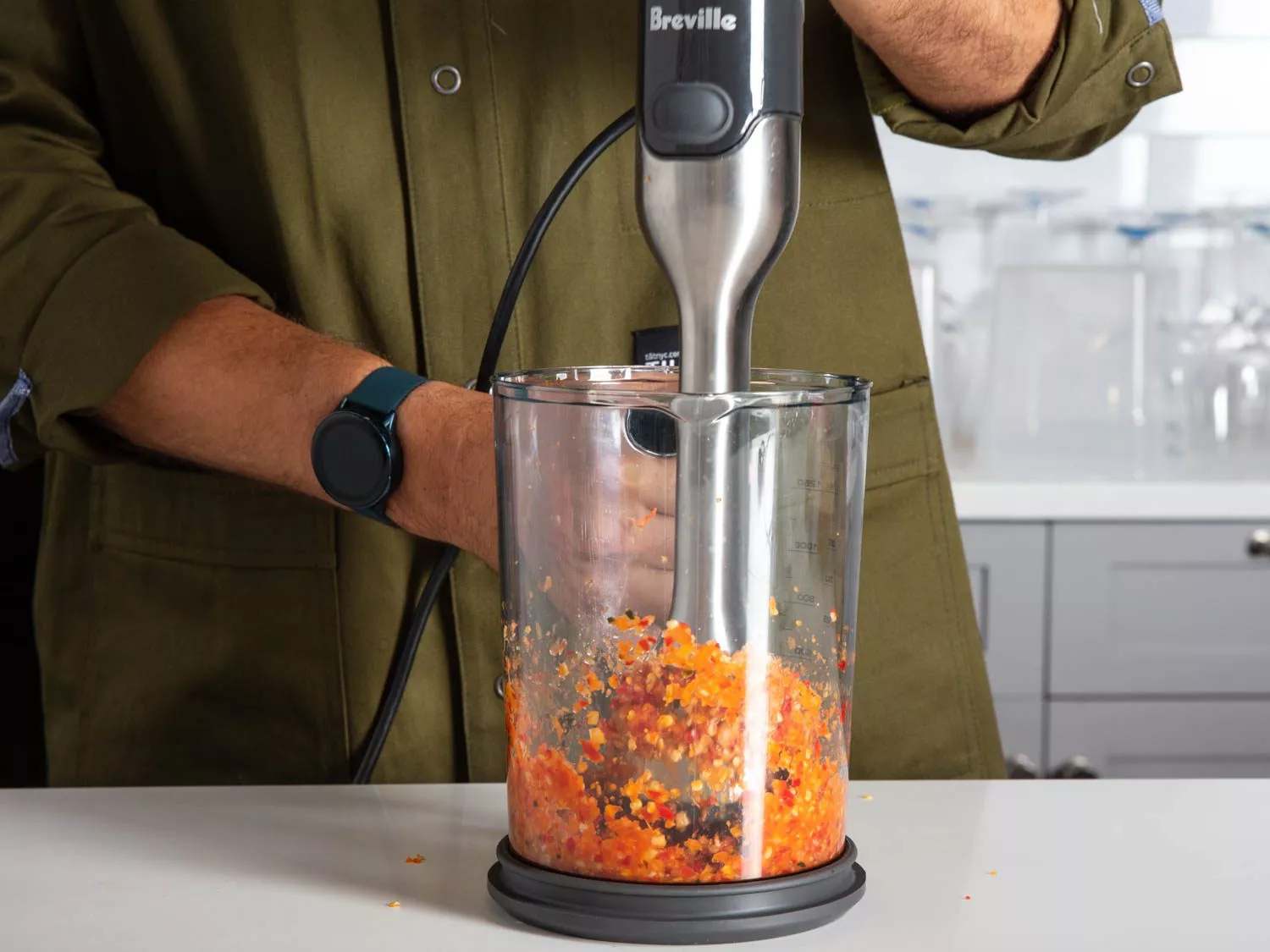

Articles
What Is A Good Immersion Blender
Modified: March 19, 2024
Learn everything you need to know about immersion blenders with our informative articles. Find the best options and expert tips to choose the perfect one for your kitchen.
(Many of the links in this article redirect to a specific reviewed product. Your purchase of these products through affiliate links helps to generate commission for Storables.com, at no extra cost. Learn more)
Introduction
When it comes to kitchen appliances, there is one that stands out for its versatility and convenience – the immersion blender. This handheld tool has revolutionized the way we prepare food, making tasks like blending and pureeing easier than ever before. Whether you are a professional chef or a home cook, having a good immersion blender in your kitchen arsenal can vastly simplify your cooking process.
So, what exactly is an immersion blender? Also known as a hand blender or stick blender, an immersion blender is a handheld kitchen appliance that is designed for blending, pureeing, and emulsifying ingredients directly in the cooking vessel. Unlike a traditional countertop blender, an immersion blender doesn’t require transferring the ingredients to a separate container, which saves time and reduces the amount of dishes to clean.
Now that we have covered the basic definition, let’s explore the benefits of using an immersion blender in more detail.
Key Takeaways:
- Immersion blenders offer unparalleled convenience and versatility in the kitchen, allowing for efficient blending, easy cleanup, and a wide range of culinary uses, making them a valuable addition to any cook’s arsenal.
- When choosing an immersion blender, consider factors such as power, speed settings, attachments, and ergonomic design to enhance performance and meet specific culinary needs, ensuring an optimal blending experience.
Read more: What Is An Immersion Blender?
Definition of an Immersion Blender
An immersion blender, also known as a hand blender or stick blender, is a versatile kitchen tool used for blending, pureeing, and emulsifying ingredients directly in the cooking vessel. It consists of a motorized handle with a blade attachment at the end, allowing it to be submerged into liquids or placed directly into bowls or pots.
The blade attachment of an immersion blender is typically made of stainless steel and comes in various shapes, such as a straight blade, a whisk attachment, or a chopping attachment. The motorized handle houses a powerful motor that spins the blades at high speeds, enabling it to quickly and efficiently blend ingredients.
One of the main advantages of an immersion blender is its portability and ease of use. Unlike traditional countertop blenders, which can be bulky and require pouring the ingredients into a separate container, an immersion blender can be directly inserted into the cooking vessel. This makes it perfect for making smoothies, soups, sauces, and even baby food, as it eliminates the need for extra dishes to clean.
Immersion blenders also offer excellent control over the blending process. With a gently press of the button, you can easily adjust the speed and intensity of the blending, allowing you to achieve the desired consistency for your recipe. Whether you prefer a smooth and silky puree or a chunky soup with bits of vegetables, an immersion blender gives you the flexibility to customize the texture to your liking.
Furthermore, immersion blenders are not limited to liquid-based recipes. Many models come with additional attachments, such as a whisk attachment for whipping cream or egg whites, or a chopping attachment for processing nuts or herbs. This makes them a versatile tool for a wide range of culinary tasks.
Now that we have a clear understanding of what an immersion blender is, let’s dive into its benefits and explore why it is a valuable addition to any kitchen.
Benefits of Using an Immersion Blender
Using an immersion blender in your kitchen brings a multitude of benefits that can enhance your cooking experience and versatility. Let’s explore some of the key advantages of using this handy tool:
- Convenience: One of the biggest advantages of using an immersion blender is its convenience. Unlike traditional countertop blenders, there is no need to transfer hot liquids to another container or clean multiple parts. With an immersion blender, you can blend directly in the pot, bowl, or even a glass, saving you time and reducing dishes to wash.
- Versatility: Immersion blenders are incredibly versatile kitchen tools. They can be used for a wide range of culinary tasks, including making smoothies, sauces, soups, purees, dressings, and even whipped creams. Many immersion blenders also come with various attachments, such as a whisk or chopping blade, further expanding their capabilities.
- Control: Immersion blenders offer excellent control over the blending process. With their ergonomic design and variable speed settings, you can easily adjust the blending speed and intensity to achieve the desired consistency for your recipes. Whether you prefer a smooth puree or a chunky sauce, an immersion blender lets you customize the texture to your liking.
- Efficiency: Immersion blenders are known for their powerful motors and sharp blades, which allow for efficient and quick blending. Their high-speed blending action ensures that ingredients are evenly incorporated and blended in a fraction of the time compared to manual methods.
- Space-saving: Unlike bulkier countertop blenders, immersion blenders are compact and take up minimal space in your kitchen. They are easy to store, making them a great option for kitchens with limited countertop or storage space.
- Easy to clean: Cleaning an immersion blender is a breeze. Since it can be directly immersed in liquid, you can simply detach the blending attachment and rinse it under running water. Some models are even dishwasher safe, making cleanup even more effortless.
These are just a few of the benefits that come with using an immersion blender. With its convenience, versatility, control, and efficiency, it is no wonder that this handheld tool has become a staple in professional kitchens and home cook’s arsenal.
Now that you understand the benefits of using an immersion blender, let’s delve into the factors you should consider when choosing a good immersion blender for your kitchen.
Factors to Consider When Choosing a Good Immersion Blender
With a wide variety of immersion blenders available on the market, it’s important to consider several factors before making a purchase. Here are some key factors to keep in mind when choosing a good immersion blender:
- Power and Speed: Look for an immersion blender with a powerful motor and adjustable speed settings. A higher wattage motor will ensure smooth blending, especially when working with tougher ingredients. Having variable speed options allows you to control the blending process and achieve the desired consistency.
- Blade Quality: The quality and sharpness of the blade are important for efficient blending. Stainless steel blades are highly recommended as they are durable, rust-resistant, and can handle a variety of ingredients. Opt for a blender with a removable blade for easy cleaning.
- Attachments and Accessories: Consider the additional attachments and accessories that come with the immersion blender. Many models offer whisk attachments for whipping cream or eggs, chopper attachments for chopping nuts or herbs, or even blending containers. Having these extras can expand the functionality of the immersion blender and provide more versatility in the kitchen.
- Ergonomics and Comfort: Since the immersion blender is a handheld tool, it’s important to choose one with a comfortable grip and ergonomic design. Look for models with a non-slip handle and lightweight construction, as these features will make it easier to maneuver and control the blender during use.
- Size and Storage: Consider the size of the immersion blender, especially if you have limited kitchen space. Compact models are ideal for small kitchens or if you plan to store the blender in a drawer. Additionally, check if the blender comes with a storage case or stand to keep the attachments organized and easily accessible.
- Brand Reputation and Reviews: Research different brands and read customer reviews to get an idea of the blender’s performance and durability. Pay attention to customer feedback on reliability, ease of use, and customer service. Opting for a reputable brand with positive reviews will likely result in a higher quality immersion blender.
By considering these factors, you can narrow down your options and choose a good immersion blender that meets your specific needs and preferences. Now let’s look at some essential features to look for when selecting the best immersion blender for your kitchen.
Top Features to Look for in a Good Immersion Blender
When it comes to choosing a good immersion blender, there are several key features to consider. These features can greatly enhance the performance, versatility, and durability of the blender. Let’s take a look at the top features to look for when selecting an immersion blender:
- Powerful Motor: A strong and efficient motor is essential for blending a wide range of ingredients. Look for an immersion blender with a high wattage motor, as it will provide the necessary power to tackle tough ingredients and ensure smooth blending results.
- Variable Speed Settings: Having multiple speed settings allows for precise control over the blending process. Look for an immersion blender that offers low, medium, and high-speed options, as well as a pulse function for added versatility.
- Removable Blending Arm: A removable blending arm is a convenient feature that makes cleaning and storage easier. Being able to detach the blending arm from the motor unit allows for thorough cleaning and eliminates the risk of water damage when washing the blender.
- Durable Construction: Opt for an immersion blender with a sturdy and durable construction. Stainless steel or high-quality plastic are common materials used in immersion blender construction. Ensure that the blender is built to withstand everyday use and is resistant to wear and tear.
- Ergonomic Design: Look for an immersion blender with a comfortable grip and ergonomic design. A well-designed handle will make it easier to control the blender and reduce hand fatigue during extended blending sessions.
- Attachments and Accessories: Consider the additional attachments and accessories that come with the immersion blender. Whisk attachments are great for whipping cream or beating eggs, while chopping attachments are useful for processing herbs or nuts. Some immersion blenders also include blending containers or storage cases for added convenience.
- Splash Guard: A splash guard is a useful feature that prevents splatter and mess during blending. It helps to keep your countertop and surrounding area clean, especially when blending liquids at high speeds.
- Easy to Clean: Look for an immersion blender that is easy to clean. Removable attachments and dishwasher-safe parts can significantly streamline the cleaning process and save you time and effort.
- Warranty: Check the warranty offered by the manufacturer. A longer warranty period provides peace of mind and indicates that the manufacturer stands by the quality of their product.
By considering these top features, you can narrow down your options and select an immersion blender that meets your specific needs and preferences. Now that we have covered the features to look for, let’s explore some common uses of an immersion blender in the kitchen.
Read more: What Can You Make With An Immersion Blender
Common Uses of an Immersion Blender
An immersion blender is a versatile kitchen tool that can be used for a wide range of culinary tasks. Let’s explore some common uses of an immersion blender:
- Soups and Sauces: One of the most popular uses of an immersion blender is for making smooth, creamy soups and sauces. Simply place the immersion blender directly into the cooking pot and blend until you achieve your desired texture. Whether you prefer a velvety tomato soup or a chunky vegetable soup, an immersion blender can help you achieve the perfect consistency.
- Smoothies and Shakes: An immersion blender is perfect for making quick and easy smoothies and shakes. Simply blend your choice of fruits, vegetables, yogurt, and ice directly in a glass or jar, and you’ll have a refreshing beverage in no time. The portable and convenient nature of an immersion blender makes it great for making individual servings.
- Dips and Dressings: Immersion blenders are great for preparing homemade dressings and dips. Whether you’re making a tangy vinaigrette or a creamy avocado dip, an immersion blender can emulsify the ingredients and create a smooth, well-blended sauce. It’s a quick and efficient way to achieve a restaurant-quality dressing or dip at home.
- Baby Food: Making your own baby food is a breeze with an immersion blender. The ability to blend directly in a small container or bowl allows you to easily puree fruits, vegetables, and cooked proteins for your little one. Immersion blenders are a convenient and cost-effective option for parents who want to provide homemade, nutritious meals for their babies.
- Whipping Cream and Eggs: Many immersion blenders come with a whisk attachment, making them perfect for whipping cream and eggs. With just a press of a button, you can achieve fluffy whipped cream or perfectly beaten eggs for baking or topping your favorite desserts.
- Chopping and Grinding: Some immersion blenders have additional attachments, such as a chopping blade, that allow you to chop herbs, nuts, and even grind spices. These versatile attachments extend the functionality of the blender, eliminating the need for additional kitchen gadgets.
- Baby Formula Mixing: For parents who use powdered formula, an immersion blender can quickly and thoroughly mix the formula with water, ensuring a smooth consistency without lumps. It makes the preparation of baby bottles easier and more efficient.
- Emulsifying Dressings and Sauces: Immersion blenders are ideal for emulsifying dressings, sauces, and vinaigrettes. The high-speed blending action helps combine oil and vinegar or other ingredients that are typically difficult to mix together. This results in a smooth and well-incorporated sauce or dressing.
These are just a few examples of the many uses of an immersion blender in the kitchen. Its versatility and efficiency make it a valuable tool for both professional chefs and home cooks. Now let’s move on to some cleaning and maintenance tips to ensure that your immersion blender stays in top shape for years to come.
When choosing an immersion blender, look for one with a powerful motor, multiple speed settings, and a detachable blending arm for easy cleaning. A good immersion blender should also have a comfortable grip and be durable for long-term use.
Cleaning and Maintenance Tips for Immersion Blenders
To ensure the longevity and optimal performance of your immersion blender, it’s important to follow proper cleaning and maintenance practices. Here are some useful tips to keep your immersion blender clean and in excellent condition:
- Unplug Before Cleaning: Always remember to unplug your immersion blender before cleaning to avoid any potential accidents or injuries.
- Detach Blending Attachment: Start by detaching the blending attachment from the motor unit. Most immersion blenders have a release button or a twist-and-lock mechanism that allows for easy removal.
- Wash the Blending Attachment: Rinse the blending attachment under warm water to remove any food particles. Use a mild dish soap or detergent to clean the attachment thoroughly. Pay attention to the blades and crevices, ensuring they are free from any residue. Some attachments are dishwasher safe, but always refer to the manufacturer’s instructions for specific cleaning recommendations.
- Clean the Motor Unit: Wipe the motor unit with a damp cloth to remove any dirt or food splatter. Avoid submerging the motor unit in water or immersing it completely to prevent damage to the electrical components.
- Remove Tough Stains: If you encounter stubborn stains or residue on the blending attachment, you can soak it in warm, soapy water for a few minutes. Then, use a soft brush or sponge to scrub away the stains gently. Avoid using abrasive materials or harsh chemicals that could damage the stainless steel or plastic parts.
- Dry Thoroughly: After cleaning, make sure to dry all parts of the immersion blender before reassembling it or storing it. Any moisture left on the blades or motor unit can lead to rust or damage over time.
- Store Properly: Store your immersion blender in a clean, dry area, preferably in a designated drawer or a protective case if provided. This helps to prevent dust or debris from accumulating on the blender and keeps it ready for use when needed.
- Handle with Care: When using the immersion blender, avoid hitting the blades against hard surfaces, as this can dull or damage them. Also, be mindful of the cord, and avoid tugging or pulling it forcefully.
- Regular Maintenance: Regularly inspect the blades, attachment, and cord for any signs of damage or wear. If you notice any issues, such as loose or damaged parts, promptly contact the manufacturer for assistance or consider replacing the affected component.
By following these cleaning and maintenance tips, you can ensure that your immersion blender stays clean, functional, and ready to assist you in your culinary adventures for years to come. Now, let’s weigh the pros and cons of using an immersion blender.
Pros and Cons of Using an Immersion Blender
Using an immersion blender in your kitchen comes with several advantages and a few considerations to keep in mind. Let’s explore the pros and cons of using an immersion blender:
Pros:
- Convenience: One of the major advantages of using an immersion blender is its convenience. It eliminates the need for transferring ingredients to a separate container, reducing mess and cleanup time.
- Versatility: Immersion blenders are incredibly versatile and can be used for a variety of culinary tasks, such as blending soups, making sauces, whipping cream, and even chopping herbs or nuts.
- Control: With adjustable speed settings, immersion blenders offer excellent control over the blending process. You can easily achieve the desired texture and consistency for your recipes.
- Efficiency: Immersion blenders are known for their powerful motors and sharp blades, allowing for quick and efficient blending. They can save you time compared to manual methods.
- Space-saving: Immersion blenders are compact and take up minimal space in your kitchen. They are especially suitable for small kitchens or those with limited countertop or storage space.
- Easy to clean: Cleaning an immersion blender is relatively easy, especially compared to traditional countertop blenders. Most parts are detachable and dishwasher safe, making cleanup a breeze.
Read more: What Do You Use Immersion Blender For
Cons:
- Limited Capacity: Immersion blenders are designed for smaller batches of ingredients. If you regularly prepare large quantities of food, a countertop blender might be more suitable.
- Less Power: While immersion blenders are powerful, they don’t possess the same level of power as high-end countertop blenders. This might affect their ability to handle very tough or fibrous ingredients.
- Noisy Operation: Like most kitchen appliances, immersion blenders produce noise while in use. Although the noise level varies among models, it’s something to consider if you prefer a quieter cooking environment.
- Risk of Splatter: When blending ingredients, there is a risk of splatter, especially when working with liquids. However, many immersion blenders come with a splash guard to minimize splatter.
- Not Ideal for Dry Ingredients: Immersion blenders are primarily designed for working with liquid or semi-liquid ingredients. They may not be as effective for processing dry ingredients like spices or grains.
Overall, the pros of using an immersion blender outweigh the cons for most home cooks. Their convenience, versatility, and ease of use make them a valuable tool in the kitchen. However, if you regularly need to handle larger quantities of ingredients or work with very tough ingredients, you may want to consider a countertop blender as an alternative.
Now that we have examined the pros and cons, let’s wrap up our discussion on immersion blenders.
Conclusion
Immersion blenders have revolutionized the way we prepare food in the kitchen. Their portability, versatility, and convenience make them an essential tool for both professional chefs and home cooks alike. Whether you’re blending soups, making sauces, whipping cream, or even chopping herbs, an immersion blender can simplify your cooking process and save you valuable time.
Throughout this article, we have explored the definition of an immersion blender and discussed its benefits. The ability to blend directly in the cooking vessel eliminates the need for extra dishes and reduces cleanup time, making it a convenient choice for everyday cooking. Immersion blenders also offer excellent control over the blending process, allowing you to achieve the desired consistency for your recipes.
When choosing a good immersion blender, it’s important to consider factors such as power, speed settings, attachments, and ergonomic design. These features can greatly enhance the performance and versatility of the blender, ensuring that it meets your specific culinary needs.
We also discussed the common uses of an immersion blender, ranging from making soups and sauces to whipping cream and even preparing baby food. The versatility of an immersion blender makes it a valuable tool in various kitchen tasks, saving you time and effort.
To keep your immersion blender in optimal condition, proper cleaning and maintenance are crucial. By following the recommended cleaning tips and storing the blender correctly, you can extend its lifespan and ensure that it continues to perform at its best.
While immersion blenders offer numerous advantages, it’s worth considering their limitations, such as their smaller capacity and less power compared to countertop blenders. However, for most home cooks, the convenience, versatility, and ease of use outweigh these drawbacks.
In conclusion, an immersion blender is a must-have tool for any kitchen. Whether you’re a seasoned chef or a novice cook, investing in a good immersion blender can enhance your culinary experience and streamline your cooking process. With its convenience, versatility, and control, an immersion blender opens up a world of possibilities in the kitchen, making it an indispensable kitchen appliance for food enthusiasts of all levels.
Frequently Asked Questions about What Is A Good Immersion Blender
Was this page helpful?
At Storables.com, we guarantee accurate and reliable information. Our content, validated by Expert Board Contributors, is crafted following stringent Editorial Policies. We're committed to providing you with well-researched, expert-backed insights for all your informational needs.
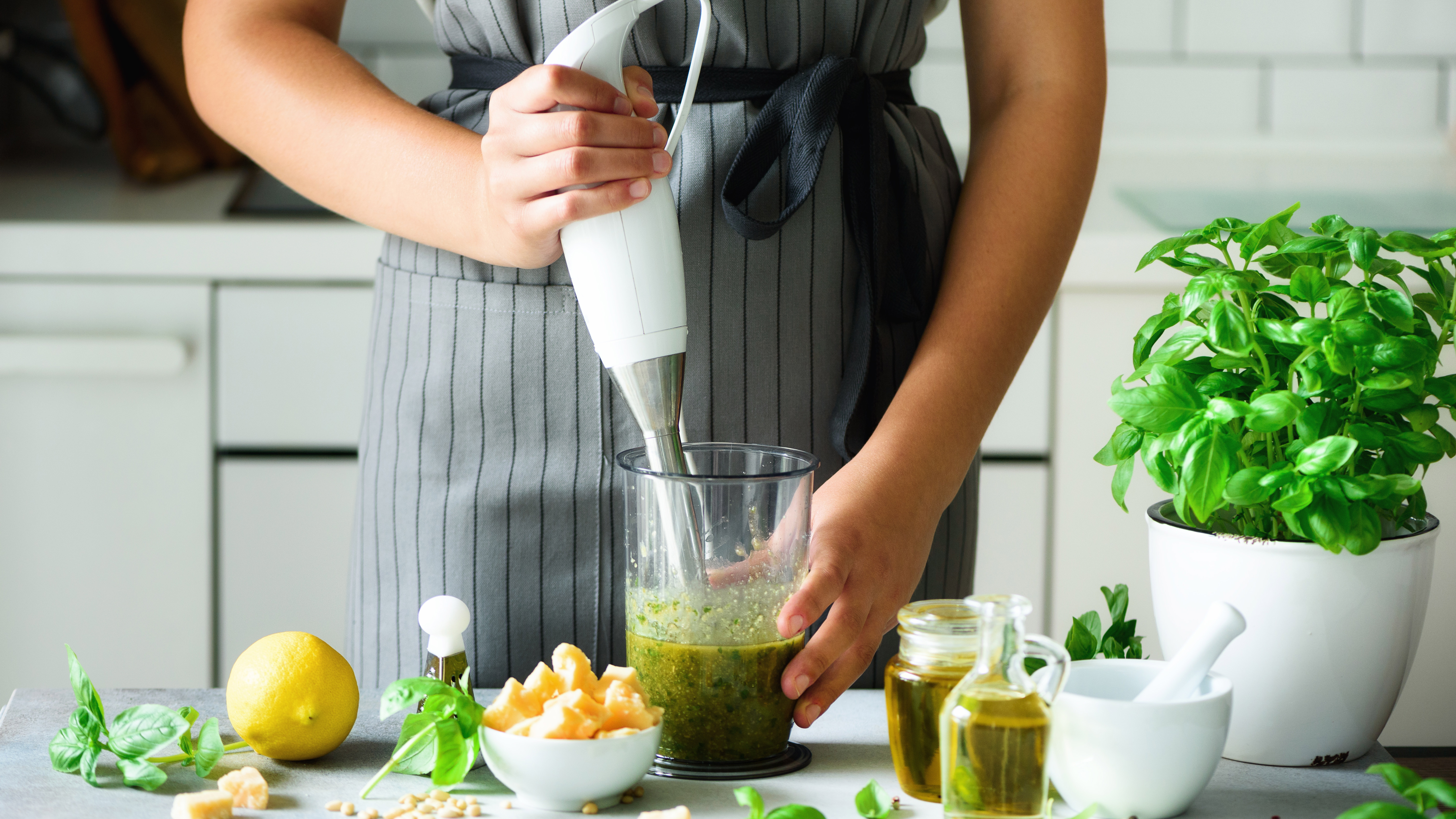
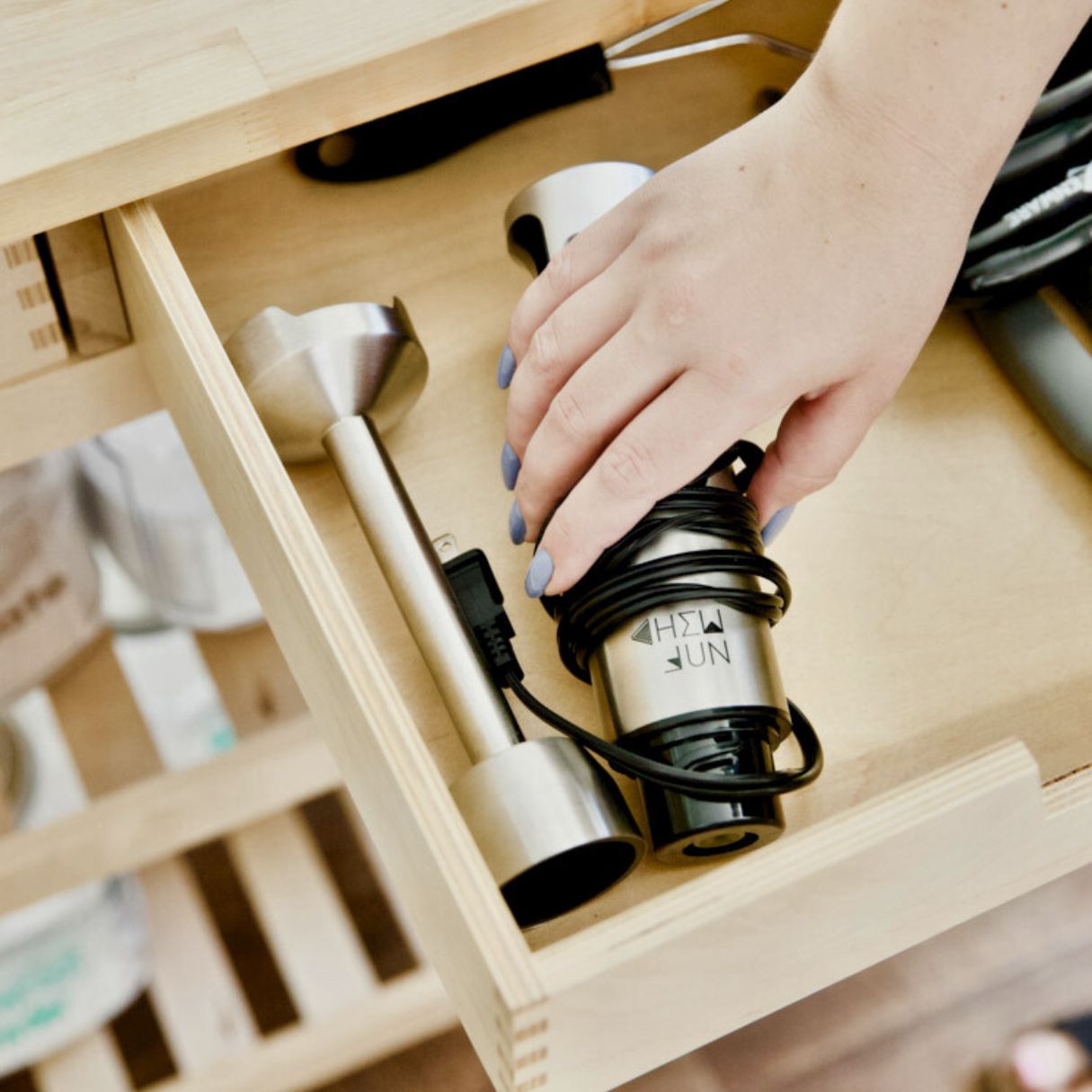
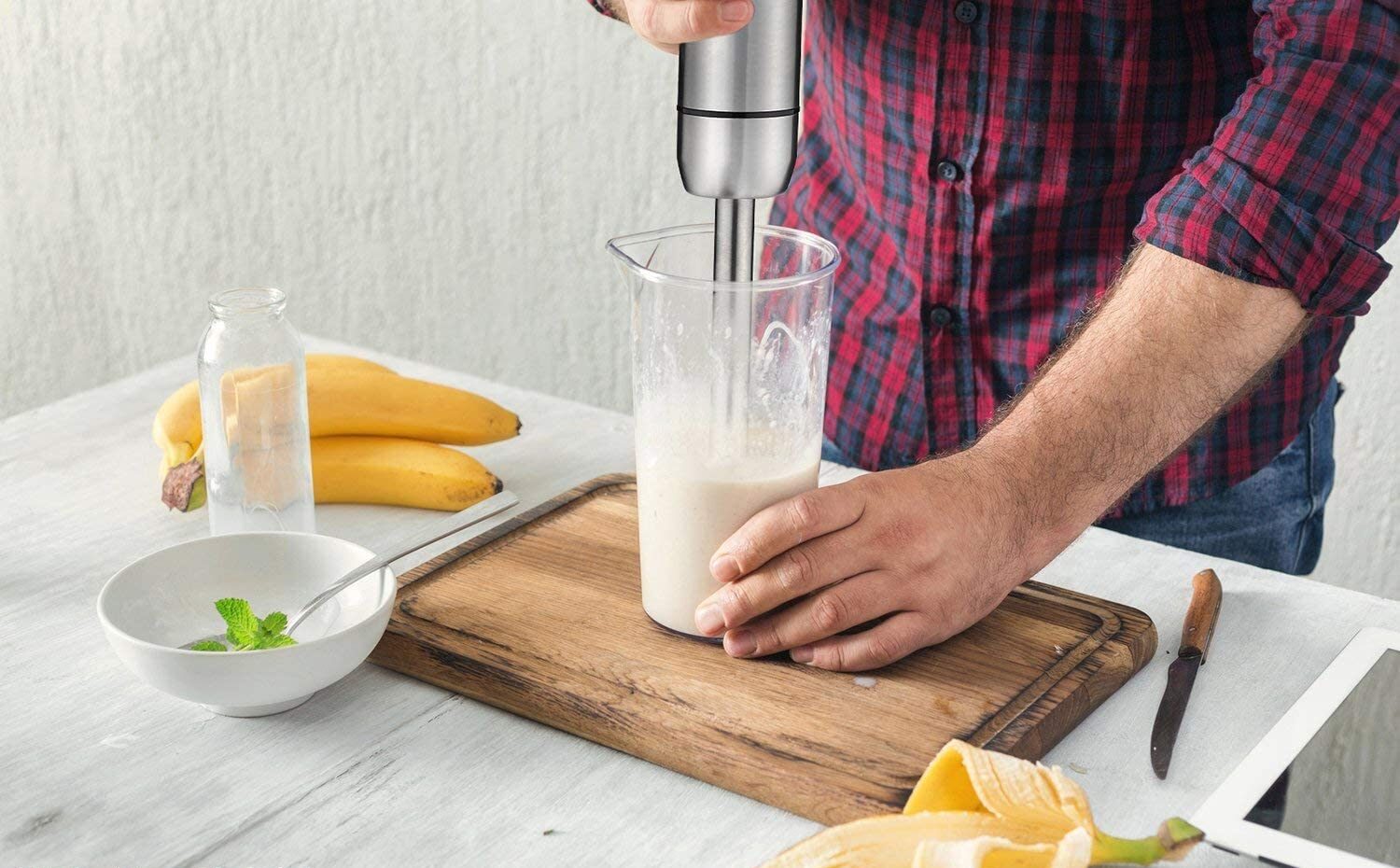
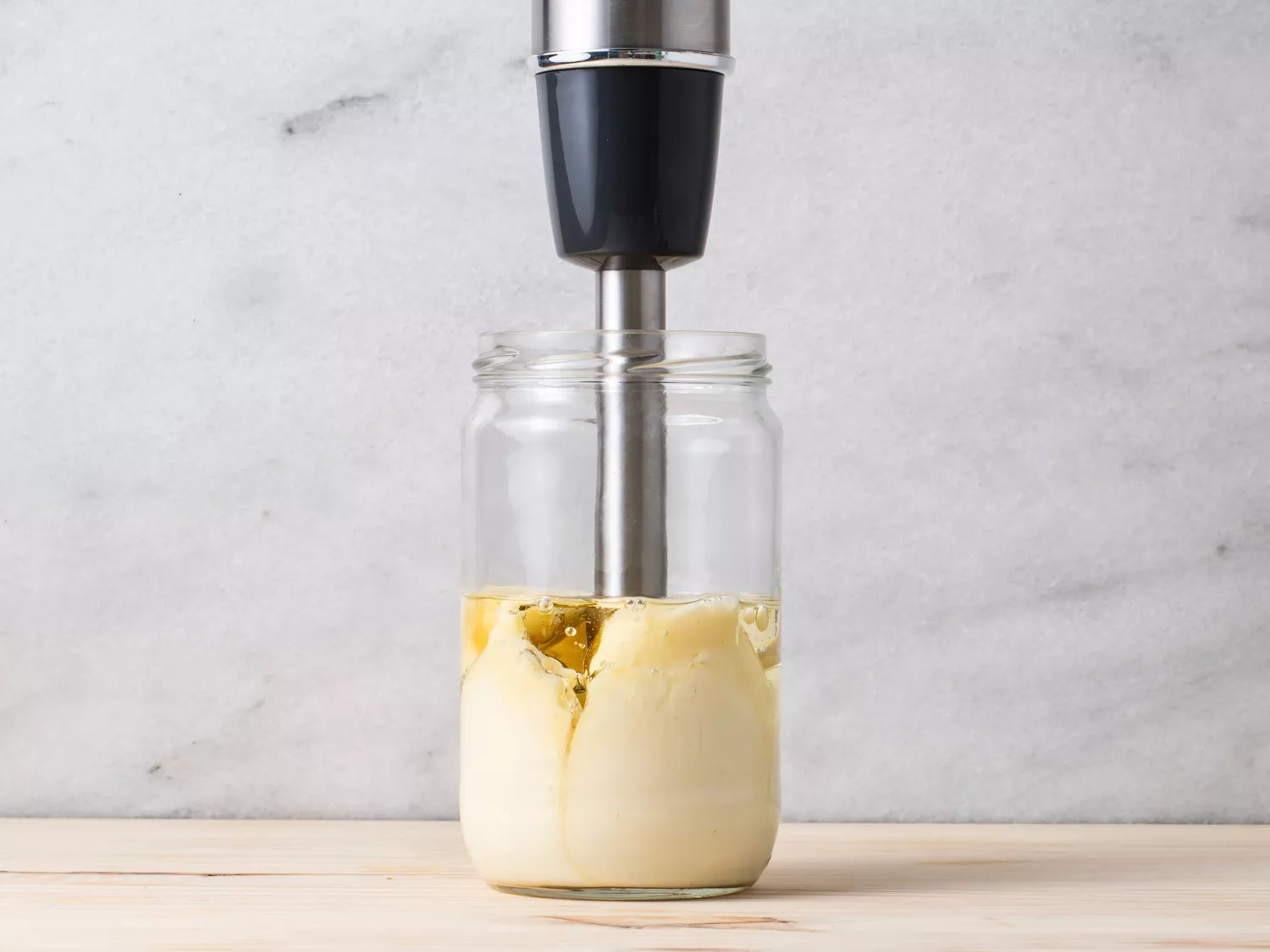
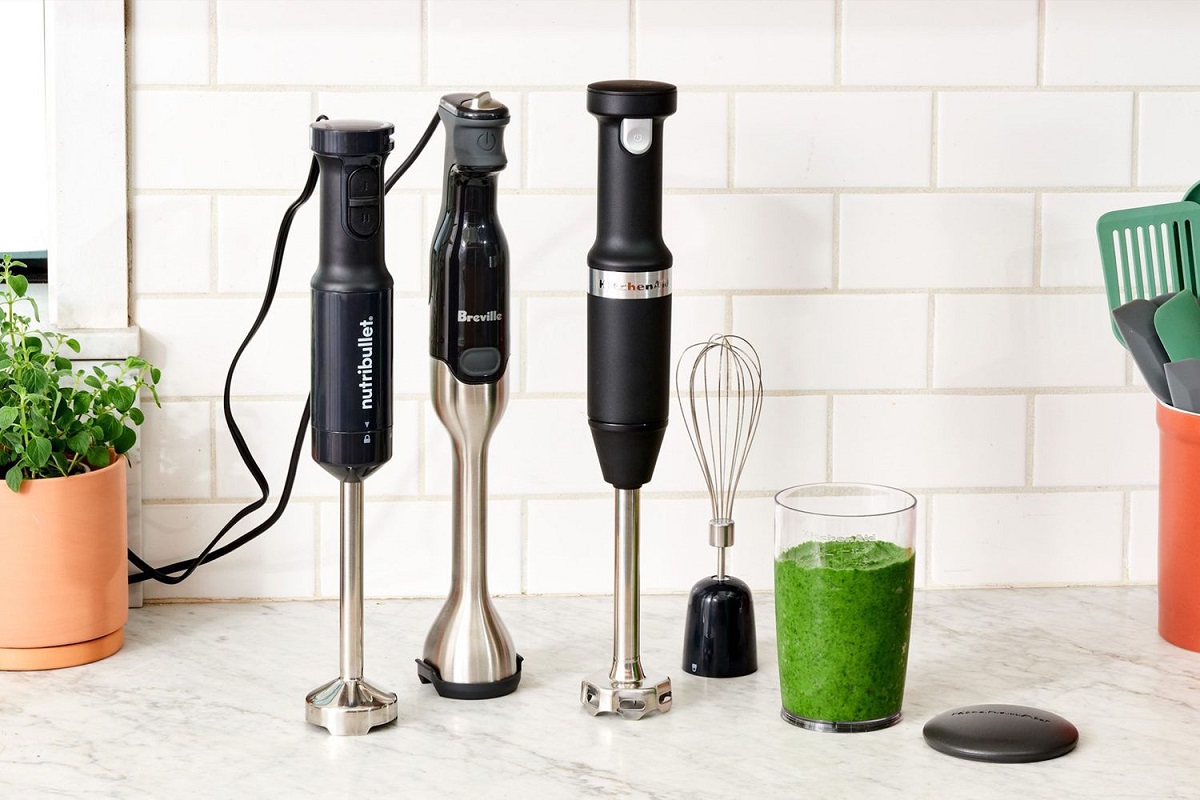
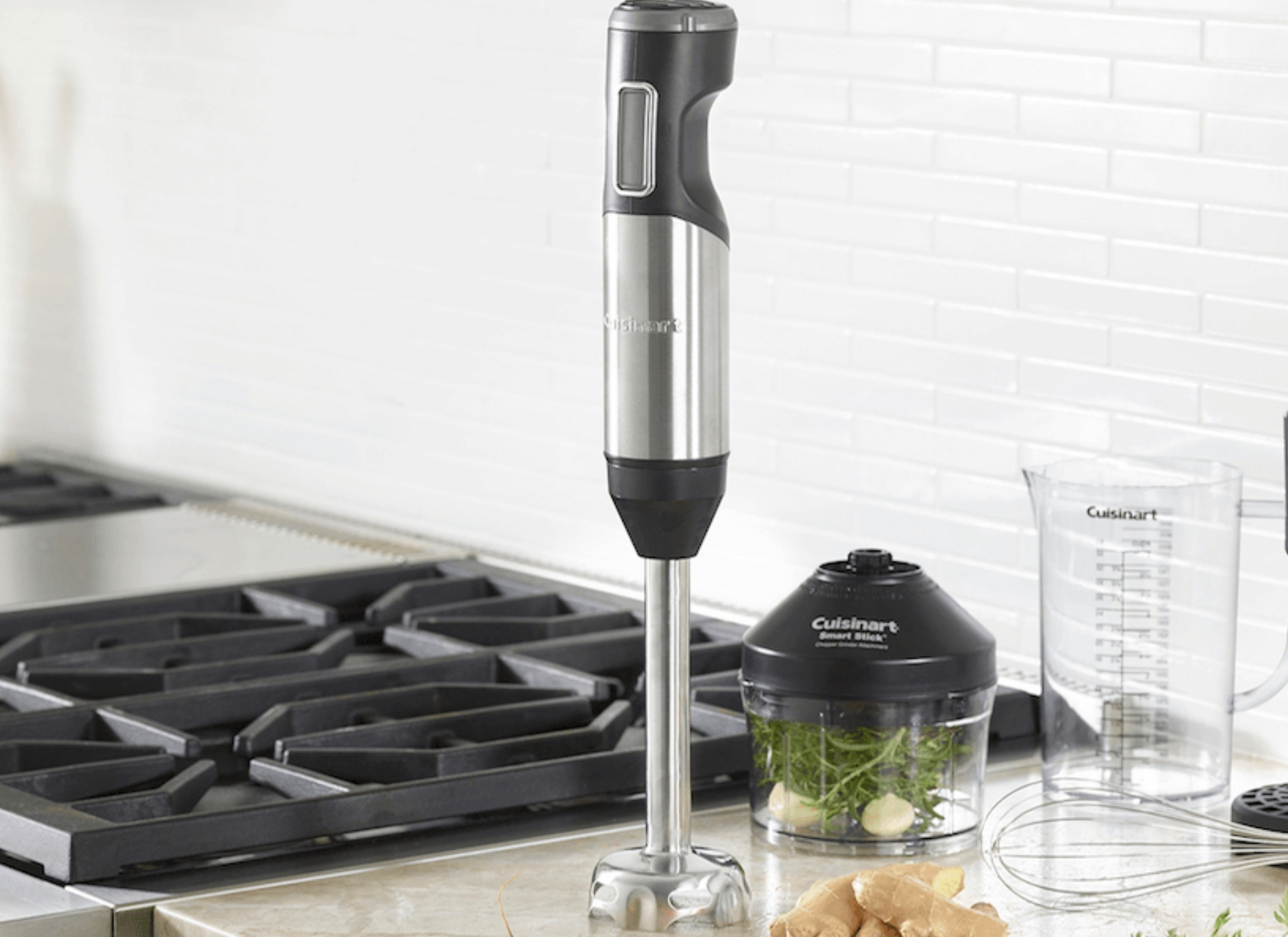
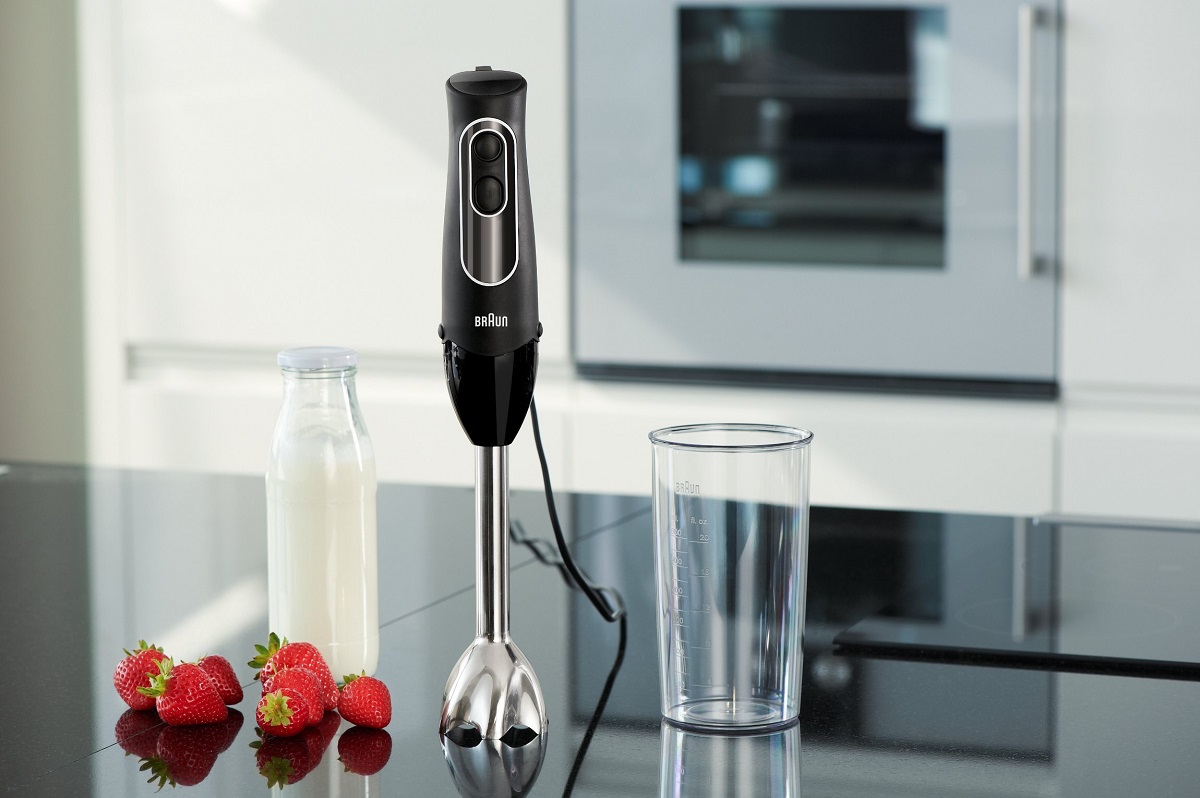
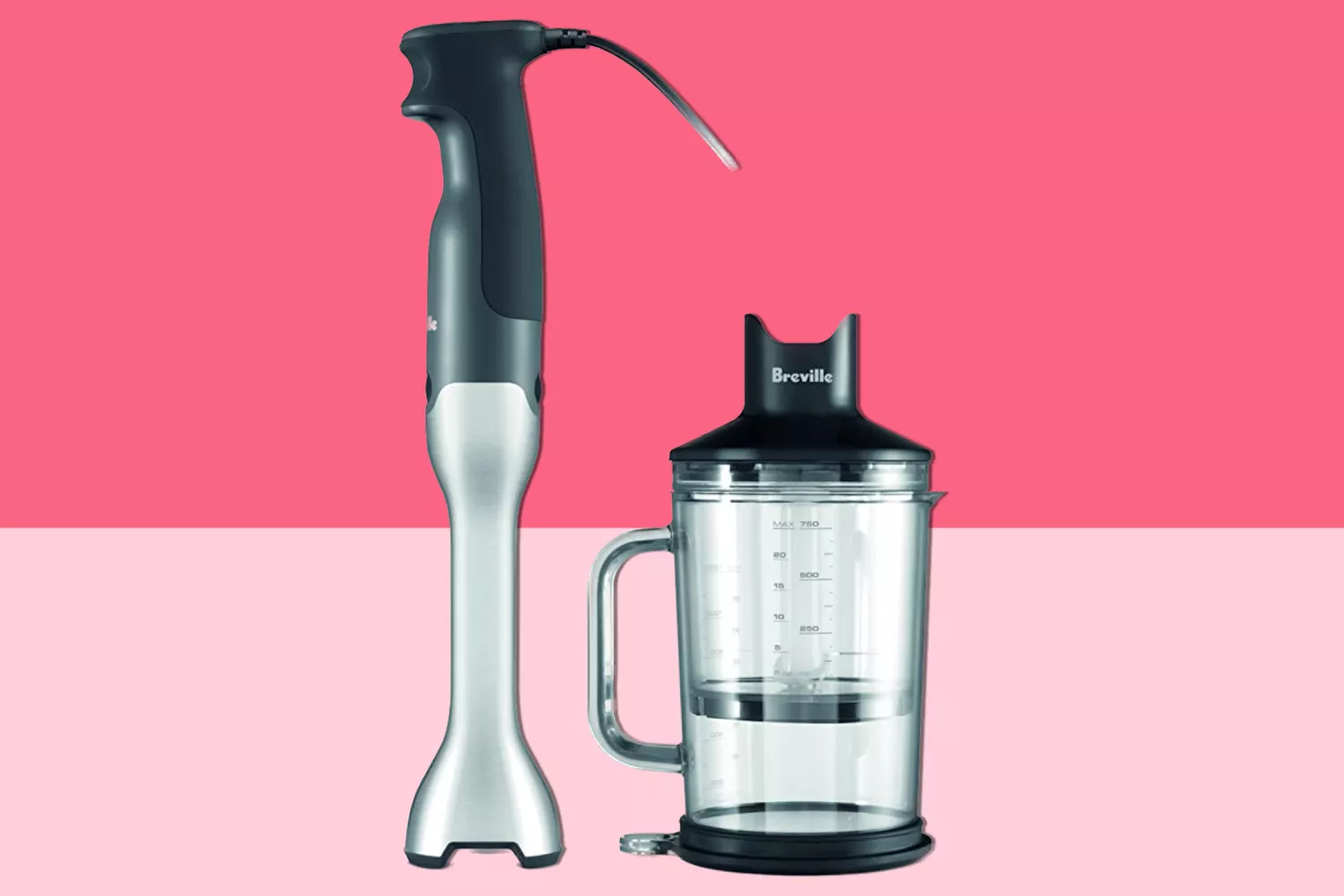
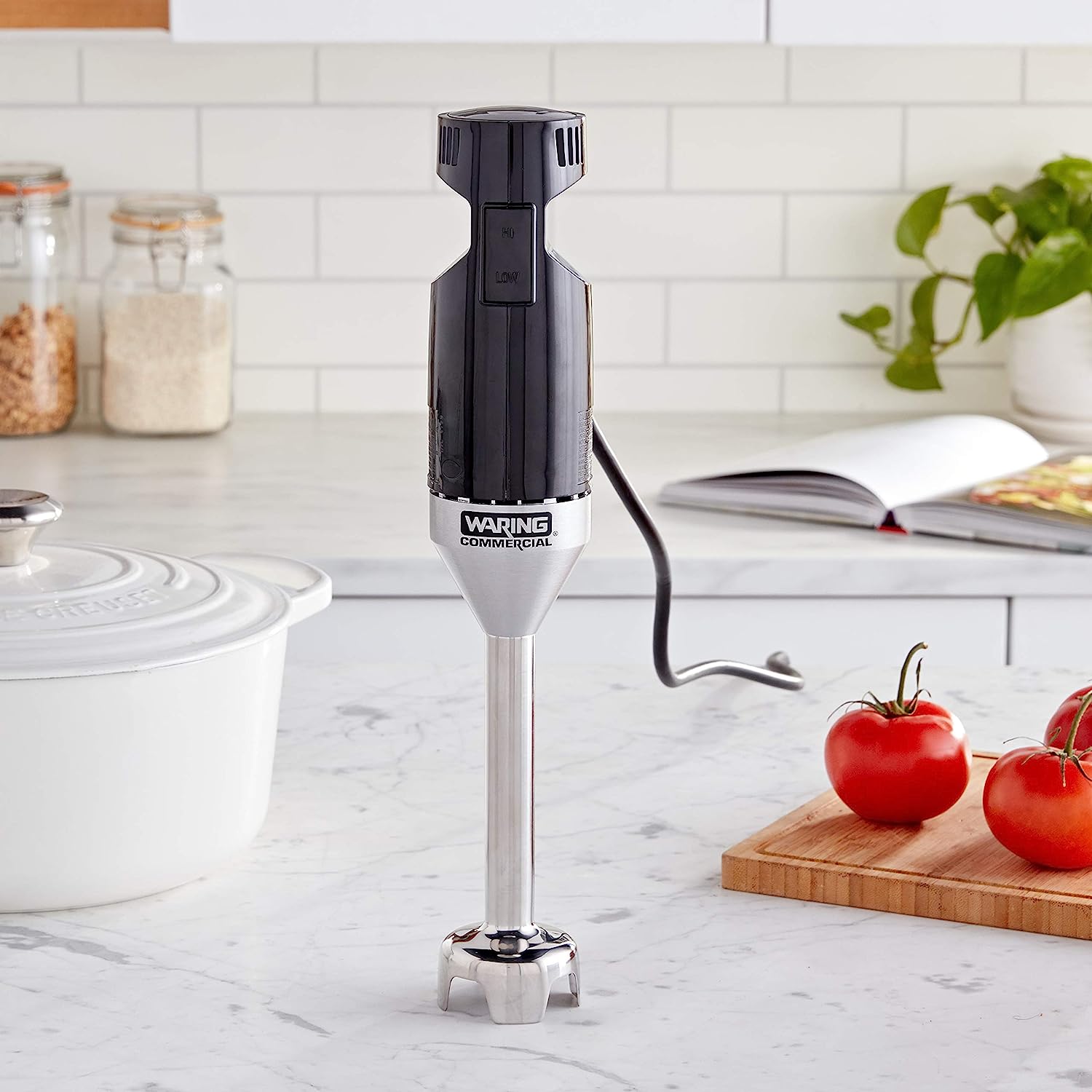
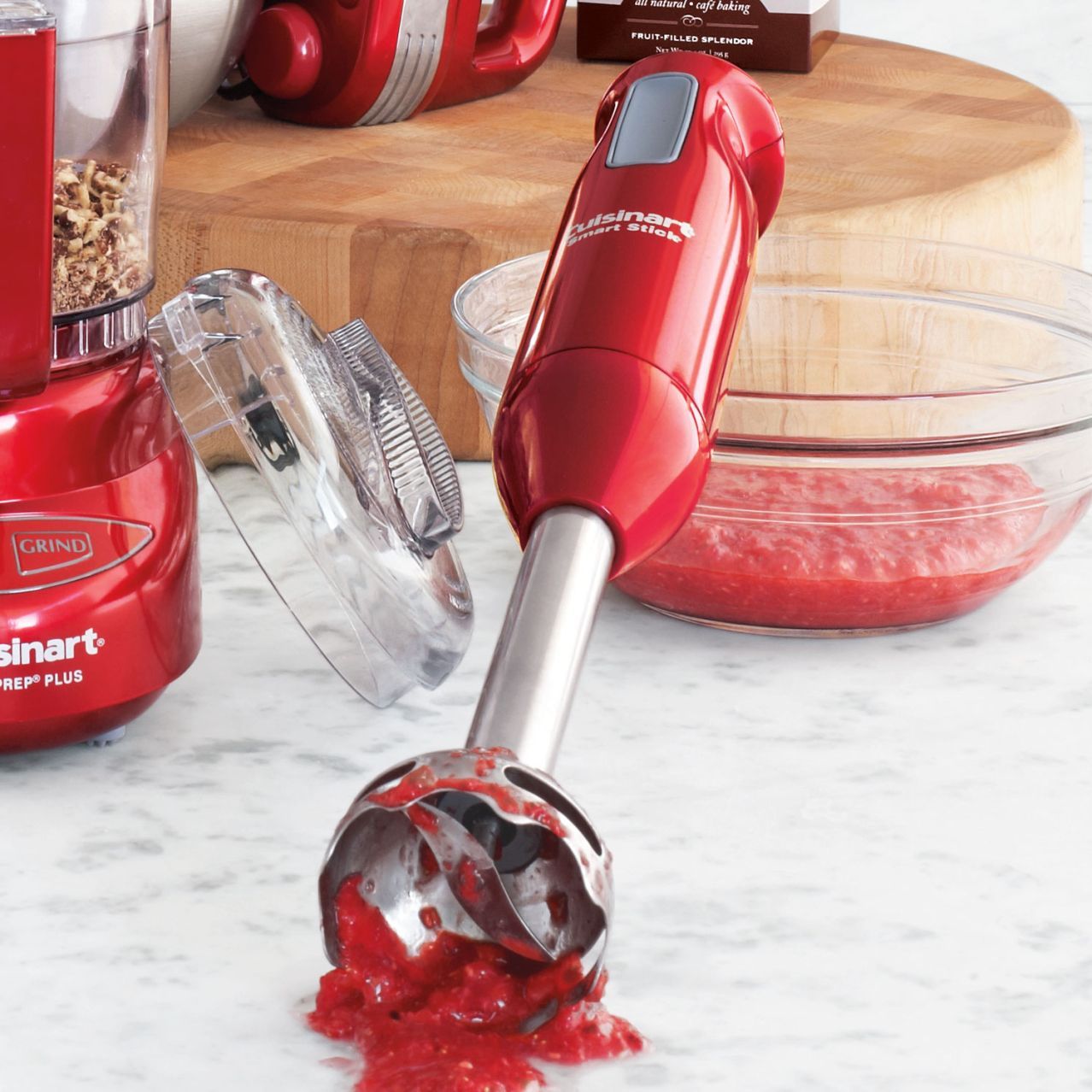
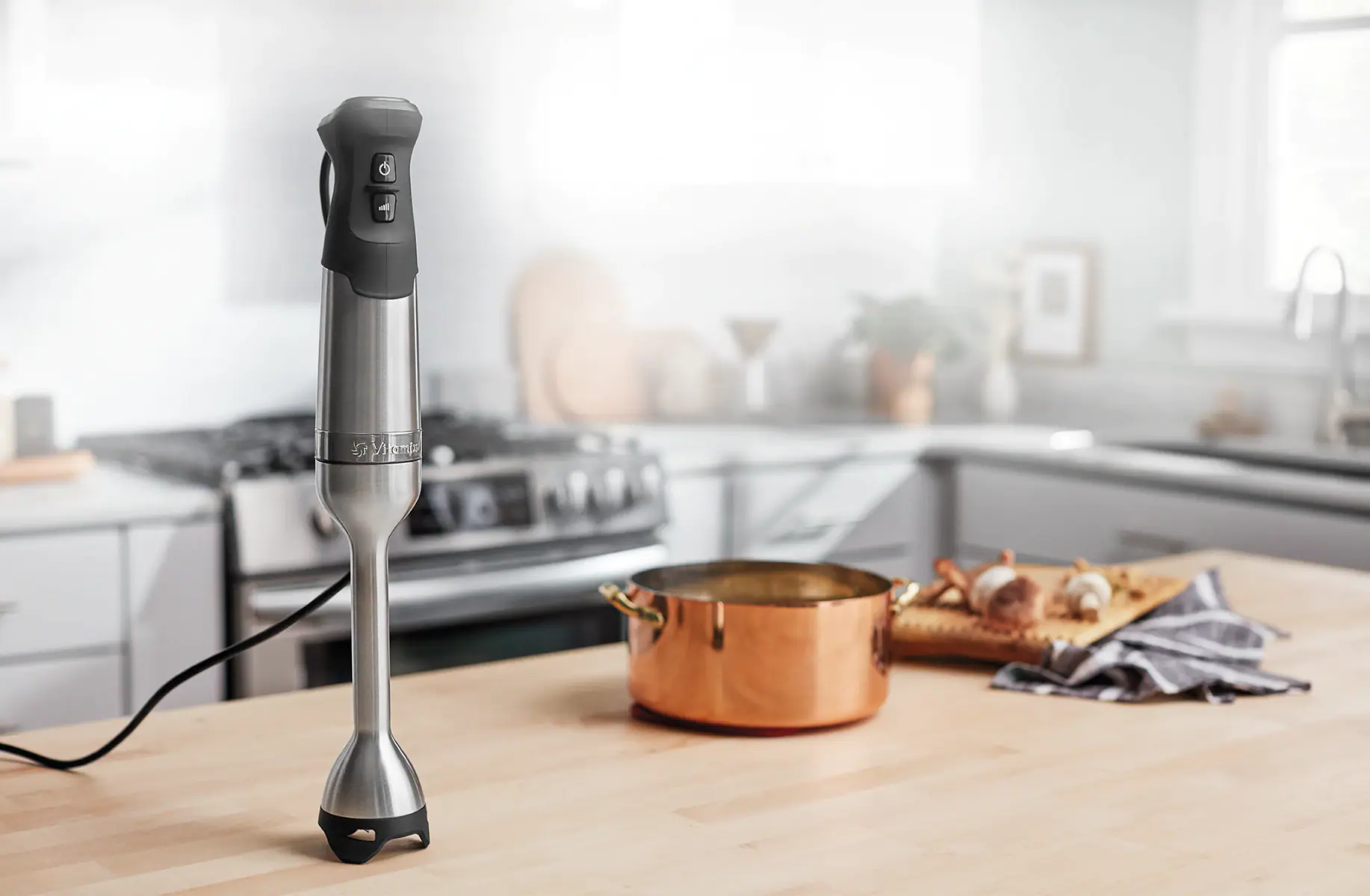
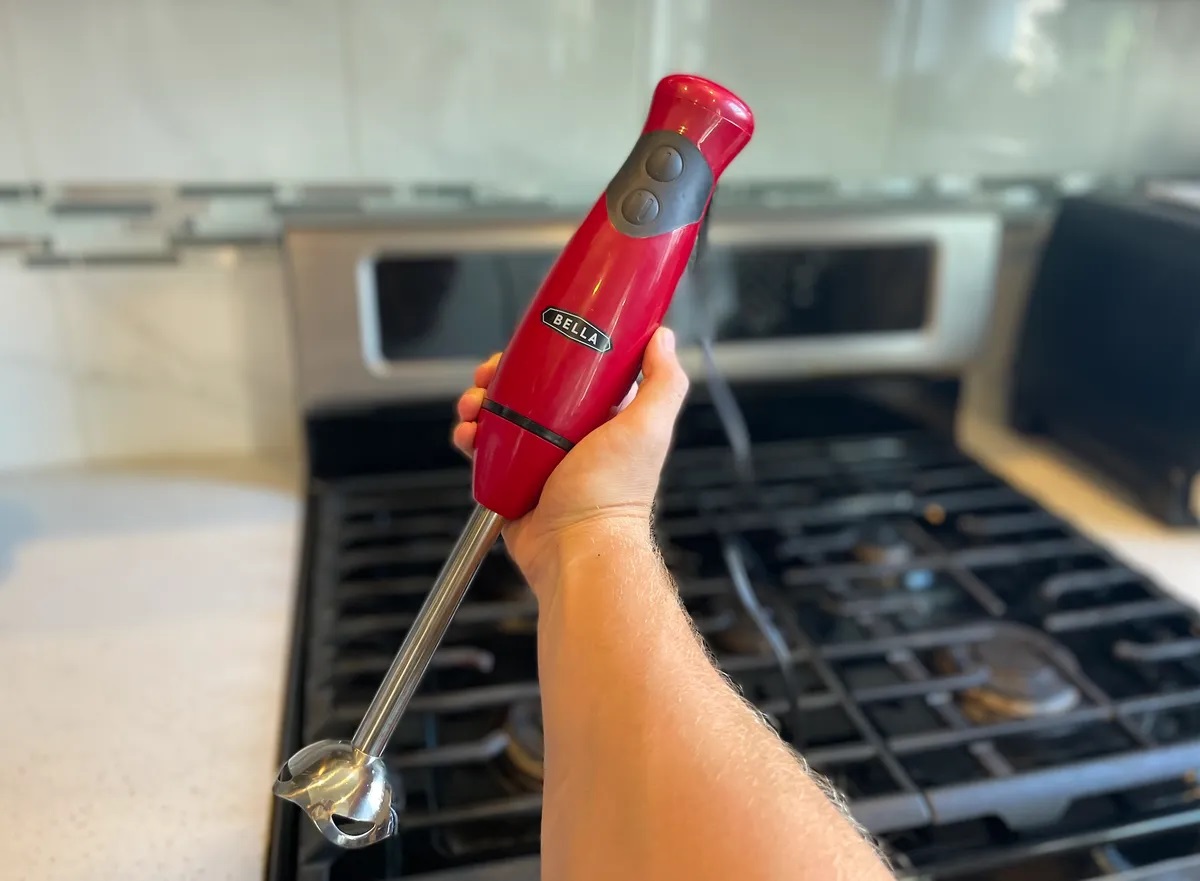
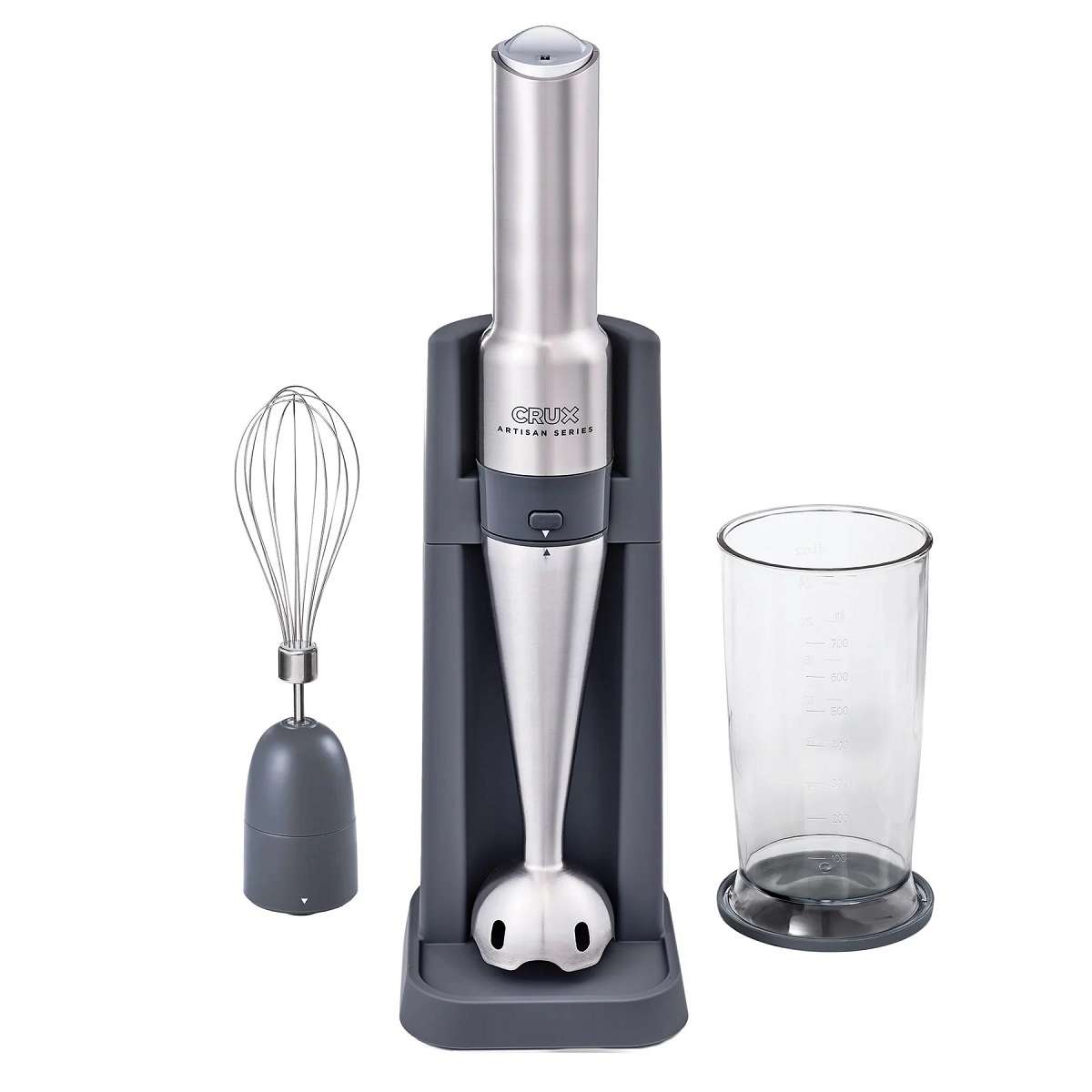

0 thoughts on “What Is A Good Immersion Blender”